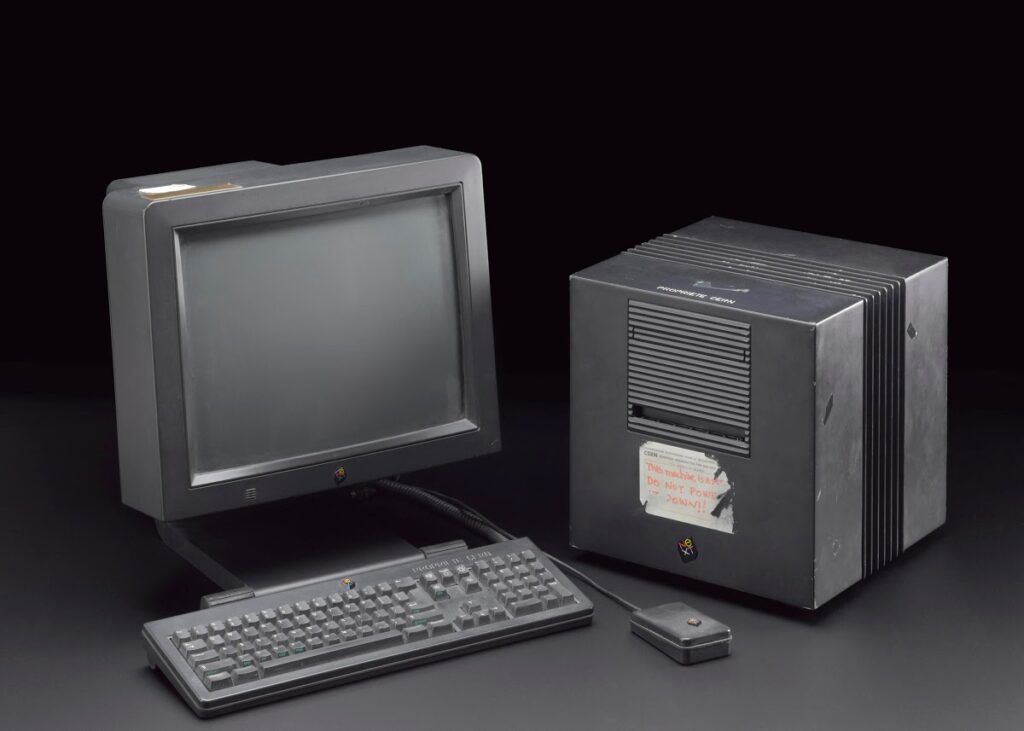
In the realm of digital technology, few inventions have been as transformative as the first web server, initiated by Tim Berners-Lee at CERN in the early 1990s. This pivotal development not only laid the groundwork for the internet but also heralded a new era of global information exchange. Understanding the inception, functionality, and enduring impact of the first web server offers a fascinating glimpse into the history of the internet.
Tim Berners-Lee and the Invention of the Web
The story of the first web server begins with Tim Berners-Lee, a visionary British computer scientist working at CERN, the European Organization for Nuclear Research. Berners-Lee envisioned a system that would facilitate seamless information sharing across diverse computer systems. In 1989, he proposed a revolutionary concept that leveraged hypertext to link documents, an idea that would later become a fundamental aspect of the internet—known today as the World Wide Web.
Unveiling the First Web Server: CERN HTTPd
The cornerstone of Berners-Lee’s invention was the first web server, which operated on a NeXT computer stationed at CERN. This server, running the CERN HTTPd software, was both a development platform for web technologies and the server that hosted the first-ever webpage. Officially going live in December 1990, this server provided the infrastructure necessary to serve HTML documents and process HTTP requests, essential components of today’s web.
Key Features of the First Web Server
The significance of CERN HTTPd lay in its ability to handle early web protocols and its user-friendly design, which prioritized simplicity and scalability. These features ensured that the server could be easily updated and expanded as more users began to access the web, making it a critical tool in the widespread adoption of the internet.
The Impact of the First Web Server on Modern Technology
The deployment of the first web server marked the commencement of the public internet. This breakthrough influenced virtually every aspect of modern life, including communication, commerce, and entertainment. As web technology evolved, the accessibility of the internet expanded, ushering in the digital age.
Conclusion: The Legacy of the First Web Server
The first web server was not merely a technological achievement; it was the catalyst for a broader cultural revolution. Its development at CERN by Tim Berners-Lee is a testament to how innovative ideas can reshape the world. Today, the legacy of the first web server continues to influence new generations of technology, driving advancements that connect people across the globe.
This deep dive into the origins of the first web server illuminates its crucial role in the development of the internet and underscores its impact on contemporary society. As we navigate an increasingly digital world, reflecting on these origins provides valuable insights into the foundational technologies that continue to shape our world.
